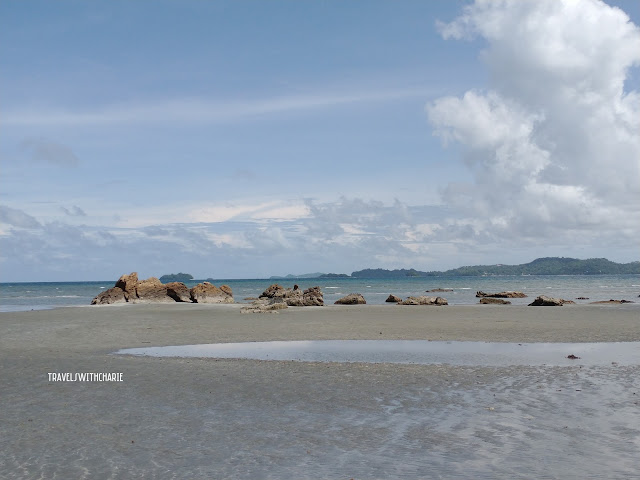Baybay Beach
We arrived in the Philippines just before typhoon Paeng struck. We were able to make it to our island home before the heavy rains and thunderstorms. As soon as we got off the plane, I decided we'd first eat lunch at the beach. It was a good decision because halfway through our lunch, the rain and wind drove diners from the sand to cover indoors. Post typhoon, we drove around the city and found this quiet beach.
We went to various schools to give school supplies through my foundation, BalayniCharie. This elementary school in Panitan was inundated and the floodwaters peaked just below the window.
The books were destroyed and swept away by the flood.

In my neighborhood, we organized a distribution of school supplies for the kids and donated pre-owned clothes, shoes and slippers for the adults. The kids also had some hot chicken soup.
An hour and a half away in Pilar, we gave school supplies to 306 children at San Esteban Elementary School. It's been a busy week.

It's always a heartwarming thing to replace old and tattered shoes and slippers with a new pair, thanks to Smiley and Kai Shoes Program and Selma Templanza.
After distributing school supplies in Culasi, Sapian we drove to a beach nearby to bask in the sun and warm our toes in the sand.
*****
Images by TravelswithCharie







